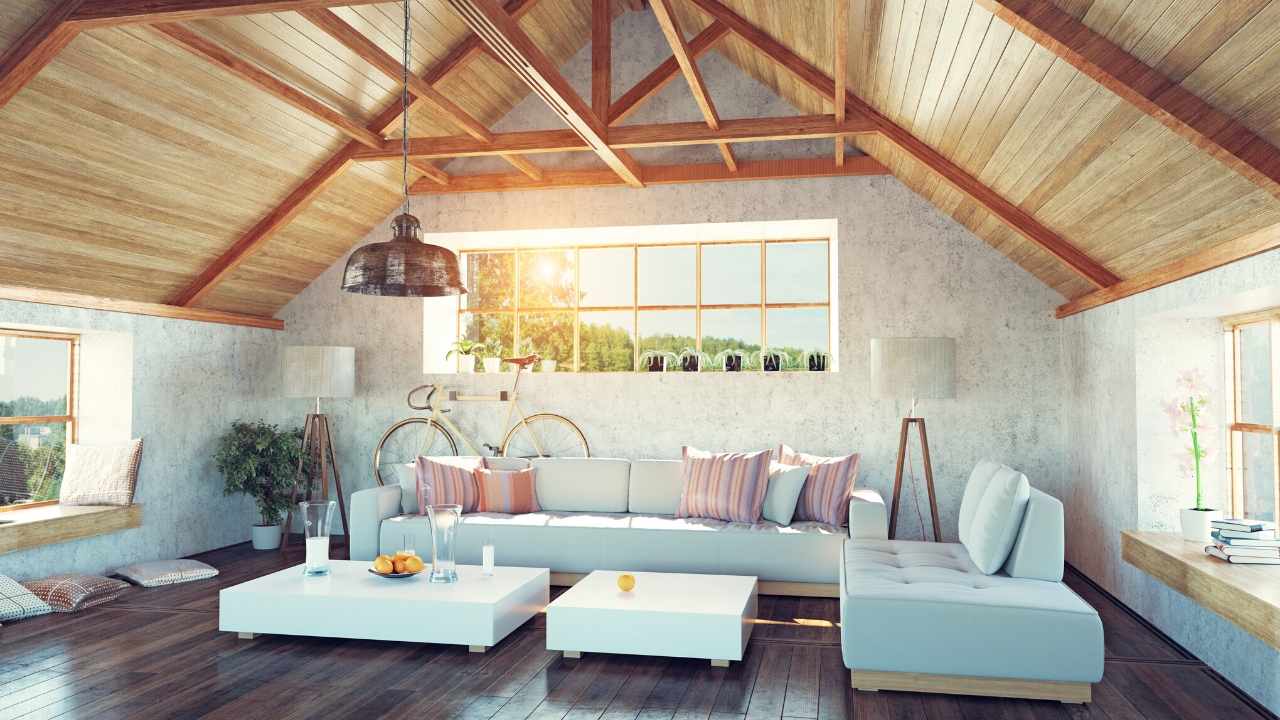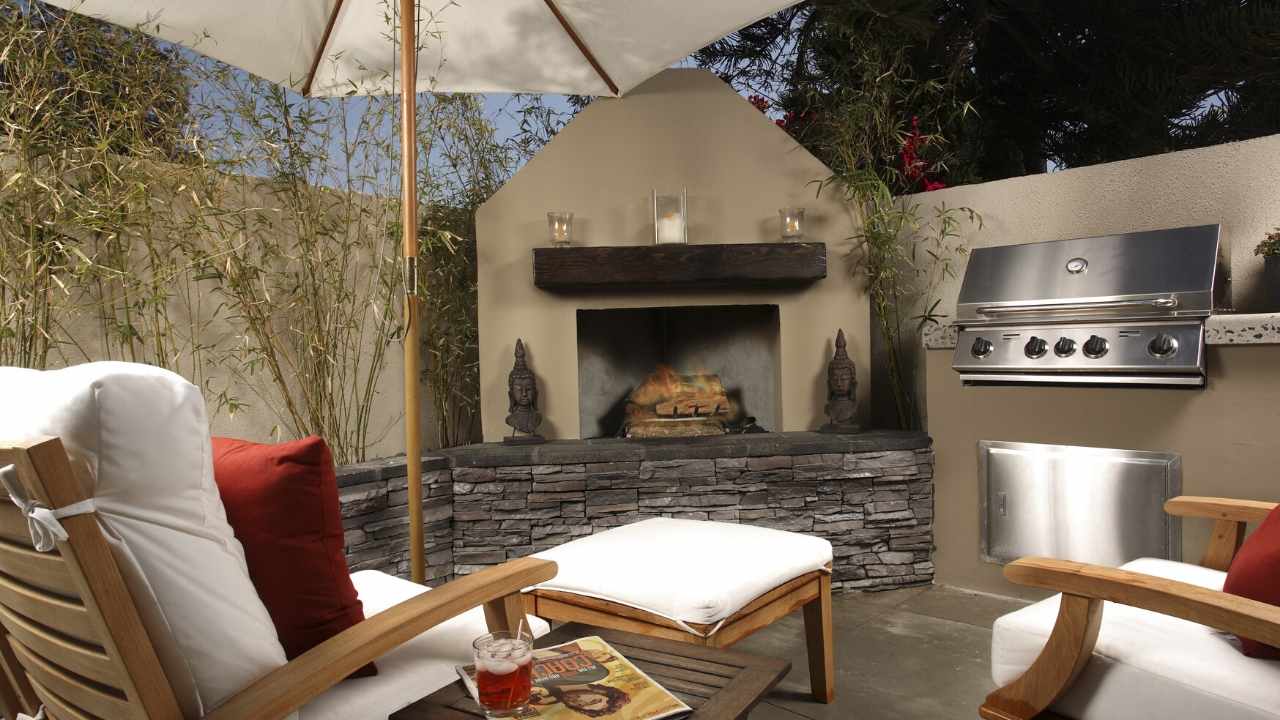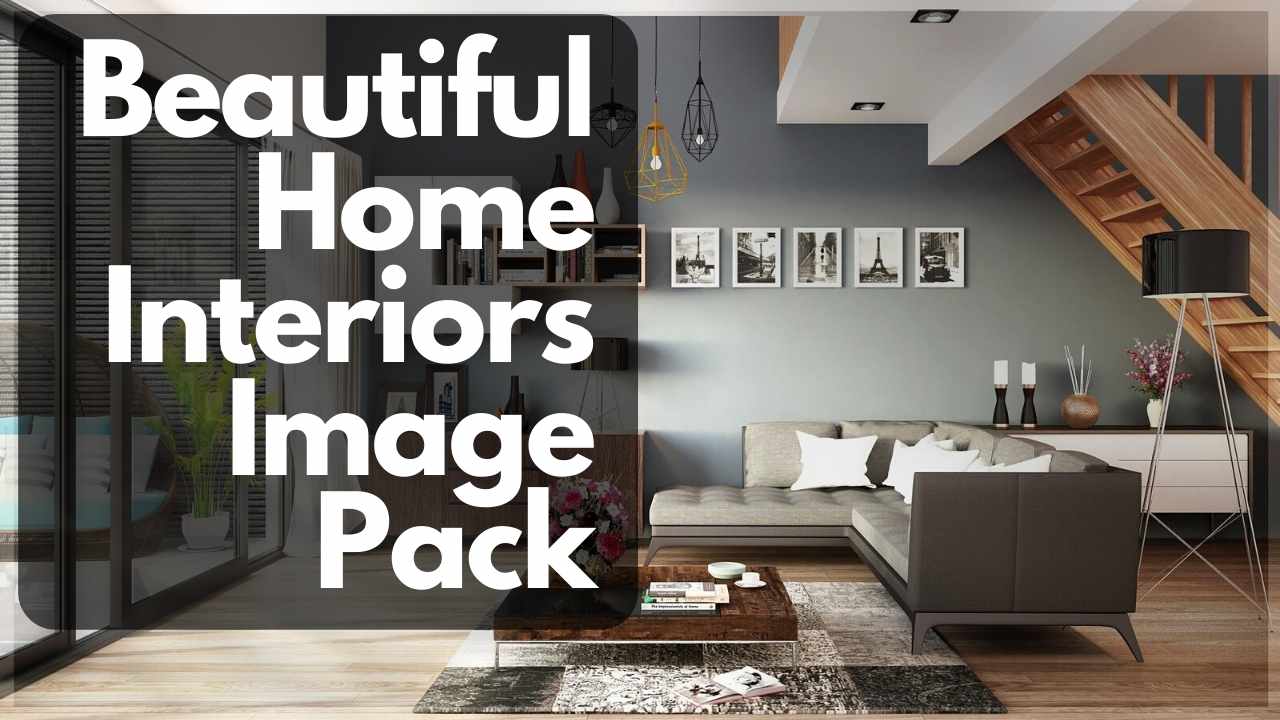
If you are looking to add an extra room to your home, a loan is necessary. The cost of a home addition is expensive. It takes longer than expected. Before applying for financing from the outside, it is best to get an estimate form a builder. One way to avoid spiraling costs is to apply for a fixed price tender. This will protect you against unanticipated events as well as fluctuating material costs. A fixed price tender also protects you against high interest rate and long repayment terms.
Personal loans are best used for small-scale projects. However, they are also good for home additions. While they are affordable, there is a lengthy application process. To be eligible for the loan you must sign up as the contractor because the loan is based upon the property's current value. In addition, a construction loan will require a higher interest rate than a normal bank loan.

A loan for home addition will have different repayment terms than a personal loan. A home addition loan generally has a fixed amount and an fixed interest rate. This type of loan is for those with substantial equity in their homes and who require a substantial amount to complete their project. You can even get a line of credit from the lender that funds your home addition project. Both these types of loans offer different interest rates.
Credit cards are an alternative to using your home equity to fund the project. To ensure you get the best deal, compare interest rates across cards. Credit card use for home renovation financing can be risky. Once the work is done, you will need to repay it. It is important to compare loan offers from different lenders in order to choose the right one. The interest rate on a credit card for home addition can be very high, so you need to do some shopping around before deciding on one.
If your house doesn't have equity, you can still apply for a loan. You can borrow against your equity to finance the project. This home addition loan is the best if you want to add a bedroom before you move into your new home. If you need more money for the renovation, a secured loan is a good option.

Although there are many options for financing a home addition you can use a personal loan to fund it. A personal loan is a way to finance a home addition. This loan is great if you don’t have sufficient cash to finance a mortgage. Although your credit score can affect the interest rates of personal loans, it won't impact your credit score.
FAQ
How do I choose the right contractor?
Ask family and friends for referrals when looking for a contractor. Look online reviews as well. Check to make sure the contractor has experience with the type of construction you are looking for. Request references and make sure to verify them.
What should I think about when buying a house?
Make sure you have enough cash saved to pay closing costs before buying a new house. You might consider refinancing your mortgage if you don't have enough money.
Can I renovate my whole home myself?
Do it yourself - you'll save time and money.
It doesn't really matter how much you love DIY. There will always be times when you just can't do it. You might not be able control many of the variables.
An example: If your house is older than you think, it might be that the wiring is unsafe. You will need an electrician to inspect and make sure that your system is reliable and safe.
Be aware that structural damage might be too costly for you to repair during the renovation.
You may not have the proper tools to complete the job. You will need a special tool called the plumber's snake to clean clogged pipes if you plan to install a kitchen sink.
You must also follow plumbing codes to ensure that a licensed plumber is working on your project.
It is important to understand your capabilities before embarking on such a large task.
If you are unsure if it is possible to do the job on your own, ask friends or family members who have worked on similar projects.
They can provide advice on the best steps to take and places to find more information.
Is it better to remodel an older house than build a brand new one?
If you're thinking about building a new home, there are two options for you. You can buy a pre-built house. This home is ready for you to move into. Another option is to build a custom home yourself. This option will require you to hire a builder in order to design and build your dream house.
It all depends on how much you spend designing and planning the home. A custom home may require more effort because you'll likely need to do most of the construction work yourself. But you can choose the materials you want and where you want them to be placed. It may be easier to find a contractor who is skilled in building custom homes.
A new home can be more costly than a remodelled home. This is because you will have to pay more for the land as well as any improvements that you make to it. Permits and inspections are also required. On average, the price difference for a new or remodeled property is between $10,000 and $20,000
Do I need to hire an architect?
It might be easier to have someone else do the work if you're planning on renovating your own house. But if your goal is to buy a house, hiring an architect/builder will ensure that you get the home you desire.
Is there anything I could do to save on my home renovations?
You can save some money by doing as much of the work yourself as possible. Reduce the number and frequency of people you hire for the renovation. You might also look for ways to decrease the cost and use of materials in the renovation.
Statistics
- The average fixed rate for a home-equity loan was recently 5.27%, and the average variable rate for a HELOC was 5.49%, according to Bankrate.com. (kiplinger.com)
- A final payment of, say, 5% to 10% will be due when the space is livable and usable (your contract probably will say "substantial completion"). (kiplinger.com)
- Most lenders will lend you up to 75% or 80% of the appraised value of your home, but some will go higher. (kiplinger.com)
- It is advisable, however, to have a contingency of 10–20 per cent to allow for the unexpected expenses that can arise when renovating older homes. (realhomes.com)
- Design-builders may ask for a down payment of up to 25% or 33% of the job cost, says the NARI. (kiplinger.com)
External Links
How To
How do I plan for a whole house renovation?
Planning a whole-house remodel requires planning and research. Before you start your project, here are some things to keep in mind. It is important to determine what type of home improvements you are looking to make. There are many options available, including kitchen, bathroom and bedroom. After you decide which category you want to work on, figure out how much you can afford to spend on the project. It's best to budget at least $5,000 per room if you don't have any experience working on homes. You might be able get away with less if you have previous experience.
Once you have established how much you are able to afford, you will have to decide on how big a job to do. You won't be capable of adding a new floor, installing a countertop, or painting the walls if your budget is limited to a small remodel. You can do almost everything if you have enough cash for a full-scale kitchen renovation.
Next, find a contractor that specializes in the project you are interested in. This will guarantee quality results, and it will save you time later. After you have selected a professional contractor, you can start to gather materials and supplies. Depending on the size of your project, you may need to buy everything from scratch. However, you won't have to worry about finding the exact item you are looking for in the many pre-made shops.
Once you have all of the necessary supplies, you can start making plans. Begin by sketching out a rough plan of where furniture and appliances will be placed. Next, design the layout of your rooms. Make sure that you leave space for plumbing and electrical outlets. Visitors will be able to easily reach the areas that are most frequently used near the front doors. You can finish your design by choosing colors and finishes. In order to avoid spending too much money, stick to neutral tones and simple designs.
Now it's time for you to start building. Before you begin construction, it's important to check your local codes. While some cities require permits, others allow homeowners to construct without them. When you're ready to begin construction, you'll first want to remove all existing floors and walls. Next, you'll need to lay plywood sheets in order to protect your new floors. Next, nail or screw pieces of wood together to form the frame that will house your cabinets. Finally, attach doors and windows.
You'll need to finish a few final touches once you're done. For example, you'll probably want to cover exposed pipes and wires. To do this, you'll use plastic sheeting and tape. Also, you will need to hang mirrors or pictures. Just remember to keep your work area clean and tidy at all times.
These steps will help you create a functional, beautiful home that is both functional and attractive. Now that you are familiar with how to plan a whole home remodel project, it is time to get started.